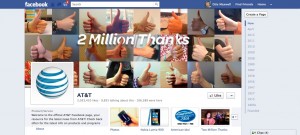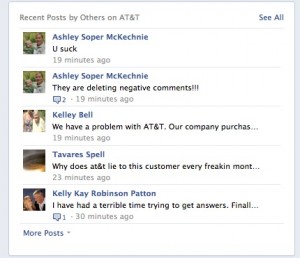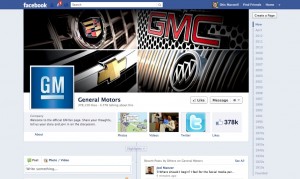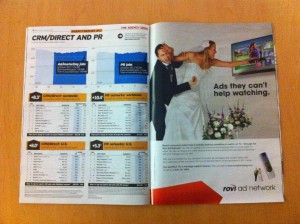Recently the Wall Street Journal ran a Saturday essay on selling to the new Chinese consumer. It’s adapted from What Chinese Want: Culture, Communism and China’s Modern Consumer by Tom Doctoroff, a book available on amazon.com. What I found interesting was that the three rules cited by Doctoroff could be applied to Americans as well. They don’t necessarily describe our main motivations, but I don’t think it would hurt if your marketing included the same assumptions.
Rule #1 is that a product that is consumed in public commands a premium over one used in private. Example: Chinese will pay a premium for international mobile phones, but prefer cheap domestic brands for their household appliances. Starbucks and Pizza Hut, among others, have well positioned themselves as brands consumed in a highly visible setting.
Rule #2 is that benefits should be external, not internal. To quote the author, “spas and resorts do better when they promise not only relaxation but also recharged batteries. Infant formulas must promote intelligence, not happiness. Kids aren’t taken to Pizza Hut so that they can enjoy pizza; they are rewarded with academic “triumph feasts.” Beauty products must help a woman “move forward.” Even beer must do something. In Western countries, letting the good times roll is enough; in China, pilsner must bring people together, reinforce trust and promote mutual financial gain.”
I love this one and think it should be added to any checklist of product benefits. It’s fine if the product makes you feel good, but doesn’t that make you look better too? If that electronic measuring device helps you do the job faster, doesn’t that make you appear more competent, confident and promotable to your boss? Let’s find ways to add external benefits whenever possible to our selling copy.
Rule #3 is that a product must help the user stand out while supporting their desire to fit in. This is why BMWs and Audis are preferred over Maseratis by those with the means to buy a luxury car. Obviously, Americans have fewer problems with flashy consumerism. And yet. According to Doctoroff, “the American dream—wealth that culminates in freedom—is intoxicating for the Chinese. But whereas Americans dream of “independence,” Chinese crave “control” of their own destiny and command over the vagaries of daily life.”
Doesn’t that sound familiar and appealing? Don’t we as copywriters, in addition to positives, make sure that our copy will include that absolute absence of negatives? Don’t we point out that you’ll be admired for your talent or good taste thanks to our product, and as a result other people will want to be like you? That’s quite different from being a lone wolf who insists on being one of a kind.
Think about selling to the Chinese, and you might find ways to sell more effectively to Americans as well.



